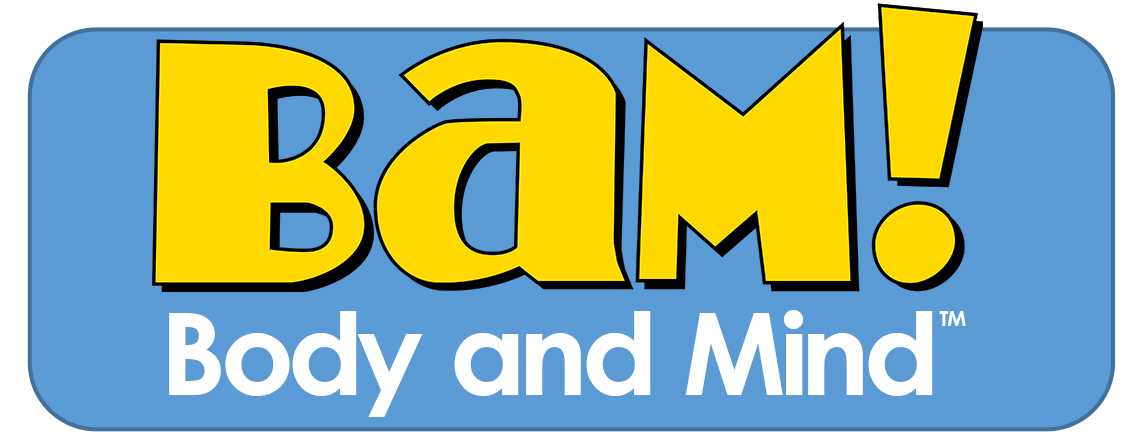Standard 1
Students will comprehend concepts related to health promotion and disease prevention to enhance health.
Rationale: The acquisition of basic health concepts and functional health knowledge provides a foundation for promoting health-enhancing behaviors among youth. This standard includes essential concepts that are based on established health behavior theories and models. Concepts that focus on both health promotion and risk reduction are included in the performance indicators.
Performance Indicators*
| Pre-K-Grade 2 | |
|---|---|
| 1.2.1 | Identify that healthy behaviors impact personal health. |
| 1.2.2 | Recognize that there are multiple dimensions of health. |
| 1.2.3 | Describe ways to prevent communicable diseases. |
| 1.2.4 | List ways to prevent common childhood injuries. |
| 1.2.5 | Describe why it is important to seek health care. |
| Grades 3-5 | |
| 1.5.1 | Describe the relationship between healthy behaviors and personal health. |
| 1.5.2 | Identify examples of emotional, intellectual, physical, and social health. |
| 1.5.3 | Describe ways in which safe and healthy school and community environments can promote personal health. |
| 1.5.4 | Describe ways to prevent common childhood injuries and health problems. |
| 1.5.5 | Describe when it is important to seek health care. |
| Grades 6-8 | |
| 1.8.1 | Analyze the relationship between healthy behaviors and personal health. |
| 1.8.2 | Describe the interrelationships of emotional, intellectual, physical, and social health in adolescence. |
| 1.8.3 | Analyze how the environment affects personal health. |
| 1.8.4 | Describe how family history can affect personal health. |
| 1.8.5 | Describe ways to reduce or prevent injuries and other adolescent health problems. |
| 1.8.6 | Explain how appropriate health care can promote personal health. |
| 1.8.7 | Describe the benefits of and barriers to practicing healthy behaviors. |
| 1.8.8 | Examine the likelihood of injury or illness if engaging in unhealthy behaviors. |
| 1.8.9 | Examine the potential seriousness of injury or illness if engaging in unhealthy behaviors. |
| Grades 9-12 | |
| 1.12.1 | Predict how healthy behaviors can affect health status. |
| 1.12.2 | Describe the interrelationships of emotional, intellectual, physical, and social health. |
| 1.12.3 | Analyze how environment and personal health are interrelated. |
| 1.12.4 | Analyze how genetics and family history can impact personal health. |
| 1.12.5 | Propose ways to reduce or prevent injuries and health problems. |
| 1.12.6 | Analyze the relationship between access to health care and health status. |
| 1.12.7 | Compare and contrast the benefits of and barriers to practicing a variety of healthy behaviors. |
| 1.12.8 | Analyze personal susceptibility to injury, illness, or death if engaging in unhealthy behaviors. |
| 1.12.9 | Analyze the potential severity of injury or illness if engaging in unhealthy behaviors. |
* The performance indicators articulate specifically what students should know or be able to do in support of each standard by the conclusion of each of the following grade spans: Pre-K–Grade 2; Grade 3–Grade 5; Grade 6–Grade 8; and Grade 9–Grade 12. The performance indicators serve as a blueprint for organizing student assessment.
- Page last reviewed: June 17, 2015
- Page last updated: June 17, 2015
- Content source:



 ShareCompartir
ShareCompartir